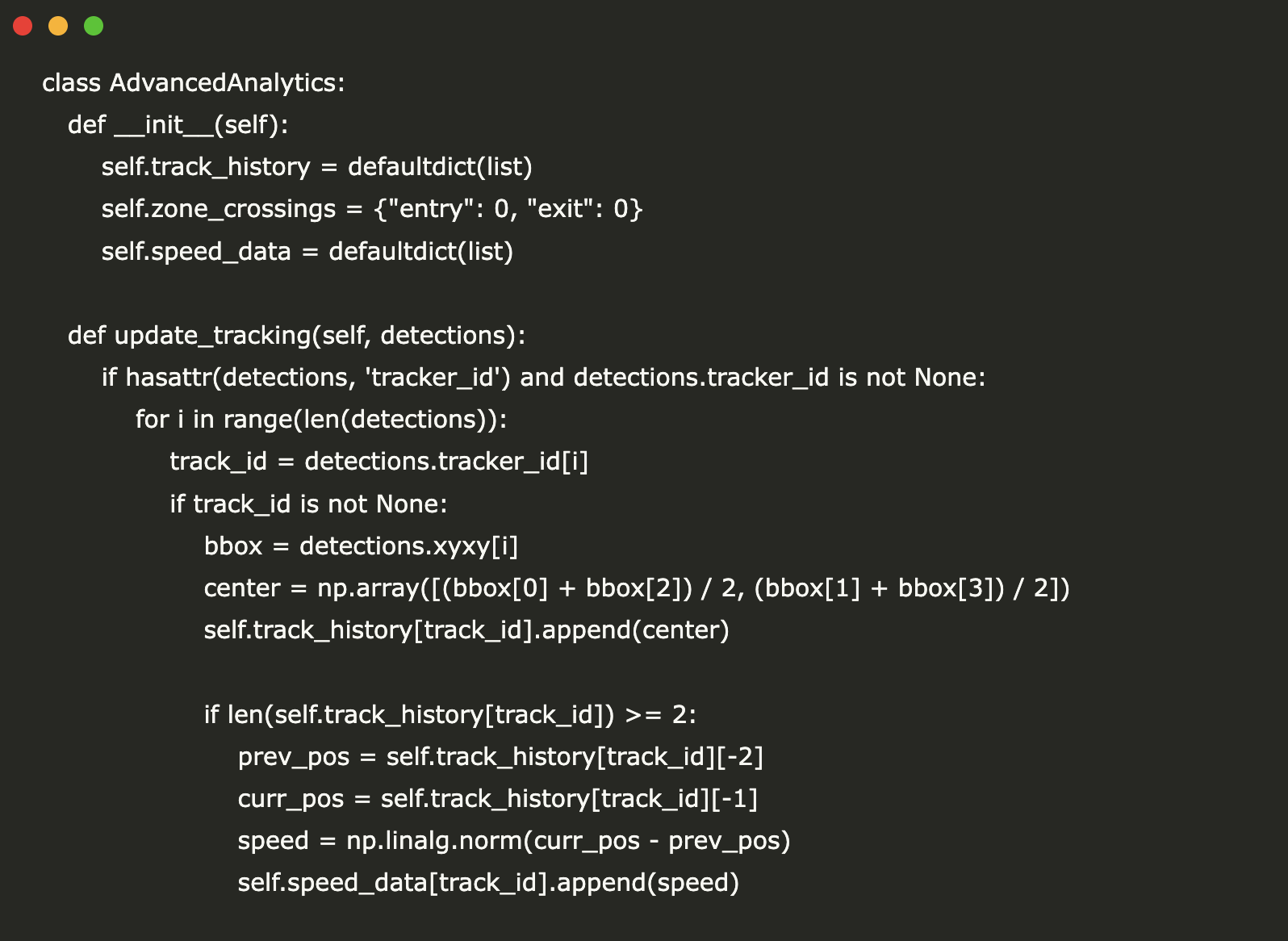
Advancing Object Detection: Building a Comprehensive Tracking System with Roboflow
In a significant leap for video analytics, the latest tutorial on Roboflow Supervision outlines the creation of a robust object detection pipeline using advanced tools and techniques. This comprehensive guide aims to equip users with the necessary skills to implement an end-to-end object tracking and analytics system.
Key Features of the Tutorial
- Real-Time Object Tracking: The tutorial introduces ByteTracker for real-time tracking of objects within video streams.
- Detection Smoothing: Techniques are applied to enhance detection accuracy over time.
- Polygon Zones: Users learn to define specific areas within video feeds to monitor and analyze object behavior effectively.
As the frames are processed, they are annotated with vital information including bounding boxes, object IDs, and speed data. This allows for a detailed analysis of object behavior, paving the way for sophisticated zone-based analytics. The tutorial emphasizes the integration of detection, tracking, and visual annotation into a cohesive video analysis workflow.
According to the author, Asif Razzaq, the aim of this tutorial is not just to teach coding but to enhance understanding of how these technologies can work together seamlessly. By leveraging the Supervision library, users can create intelligent systems capable of monitoring specific regions and providing insights into object dynamics.
This tutorial serves as a valuable resource for professionals looking to expand their knowledge in the field of artificial intelligence and machine learning, particularly in applications related to video analytics.
Rocket Commentary
The tutorial on Roboflow Supervision marks a pivotal moment in the evolution of video analytics, showcasing how advanced tools like ByteTracker can enhance real-time object tracking. While the enhancements in detection accuracy and the ability to define polygon zones for targeted analysis are commendable, they raise critical questions about accessibility and ethical use. As businesses adopt these technologies, it is imperative that they prioritize ethical considerations, ensuring that robust analytics do not infringe on privacy rights. Moreover, as these tools become more widely available, there lies an opportunity to democratize AI, empowering smaller businesses and developers to leverage sophisticated analytics without the burden of extensive resources. The transformative potential of these advancements hinges on our collective commitment to making AI not just a tool for efficiency, but a catalyst for responsible and ethical innovation in the industry.
Read the Original Article
This summary was created from the original article. Click below to read the full story from the source.
Read Original Article